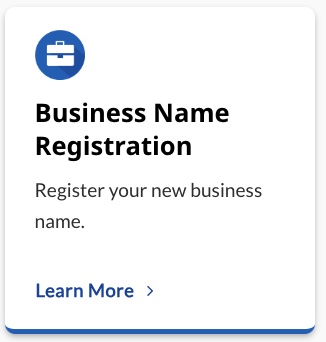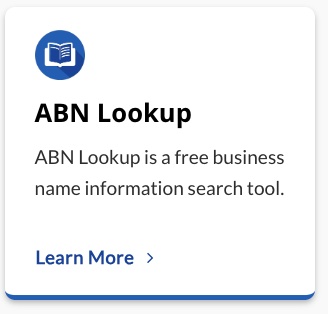Imagine if we could all have a superpower that helps us see the future clearly. Wouldn’t that be cool? Well, business people wish for this ability more than anyone else, especially those who are into ‘inventory management.’ Guessing how many products your customers would buy in the future is a lot like predicting the weather. It isn’t an easy art; it’s a science.
Inventory management is all about maintaining a fine balance between the amount of products a company should keep and actually need. Companies don’t want to have too many products lying around or too few. Both scenarios can create problems. Having too many products can lead to waste as items expire or become obsolete. On the other hand, having too few products might mean lost sales opportunities and unhappy customers.
So how do you get the balance right? One of the most popular ways is called ‘Demand Forecasting.’ In its simplest form, it is a company’s best guess at what its customers might want to buy in the future. A fair assumption is gonna help a lot: the closer the number, the better the guess. Luckily for businesses, computer programs and automation have made this task a lot easier than before.
Many businesses can do this pretty well with tons of data available from the past. By understanding their customers’ buying habits, they can even predict future sales. Cool, right? But remember, this isn’t magic. This is a lot of data and hard work. Although it isn’t always flawless, (because humans can sometimes be unpredictable) it still helps the decision-makers decide how much product they need to have ready.
But Demand forecasting doesn’t work alone. It works together with something known as “Supply Chain Management.” In simple terms, Supply Chain Management is the process that controls everything from where the product is made to where it is sold. It is like the journey of the product from the factory to your home. When demand forecasting and supply chain management work together, things can go pretty smoothly.
Now, if you think all this sounds too complex (and let’s be honest, it kinda is), businesses get some outside help. Some companies specialize in helping others predict demand and manage their supply chain. These companies use neat technologies and computer programs to get this job done.
There are also exciting new ways, like using Artificial Intelligence (AI) and Machine Learning, that are being explored to improve this process. Just like in the movie Wall-E where robots do all the work, these technologies are like little brainy bots helping out businesses. They take on the tough task of scanning massive amounts of data, spotting patterns, and making accurate predictions.
So, in the end, while we might not have a crystal ball to predict the future, we have the next best thing: technology! With the right tools and the right help, businesses can keep a good balance of their products. It’s like a magic trick up their sleeve, making sure they don’t stuff their warehouses too full, or leave them
Register your new business name at register.biz.au


